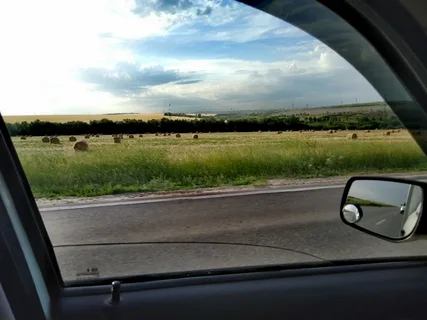When you’re living in Texas, you’re dealing with harsh sunlight and fast, open roads. By having the proper car window tinting, you can stay safe, secure, comfortable, and stylish while you’re behind the wheel. There are many clear benefits, but your car’s exterior will undoubtedly change as a result of the tint. There’s little doubt that darkened windows will offer some degree of seclusion and more protection, regardless of whether the aesthetic appeal of darker windows is a plus or not. You either like it or you don’t. A vehicle’s interior will not fade as quickly thanks to tint, which is said to absorb damaging UV rays and minimize solar heat. This being said, having window tinting is still highly recommended, and will greatly improve your driving experience (and personal safety) if you install the correct type of tinting.Â
Table of Contents
The 5 Best Tinting Types for Texas Drivers
Since you’re in Texas, you’ll want to get a tint product that’s right for your individual driving needs. Thankfully, there are a ton of variables involved in window tinting. That being said, five car window tinting types serve Texas drivers most effectively:Â
1. Clear Tinting
Clear tinting has become much more popular in recent years. The best approach to prevent the sun’s UV rays without altering the appearance and feel of your car is using clear window tint. As the name implies, the film is almost entirely transparent, so once it is applied, visibility won’t be an issue. For drivers who just wish to shield themselves, their passengers, and the interior of their car from the sun’s UV rays, clear films are the ideal window tint option. The clear tint won’t do much to reduce heat or provide you more privacy inside the car, though. The interior will be visible to people in the same way that the manufacturing glass was.
2. Carbon Tinting
Carbon tinting is incredibly tough and versatile. Carbon or infrared rejection films are your best option if you want the best UV and heat protection available. These films are substantially more effective than other films on the market at blocking the infrared rays that cause the greenhouse effect inside your car. Similar to ceramic films, they are devoid of metal. No matter what time of day you are driving, they use carbon particles to keep the heat out and provide you with a comfortable ride. You won’t have to be concerned about signal interference with your mobile devices because there is no metal involved. Better still, they are highly resilient and won’t fade or lose their potency with time.
3. Ceramic Tinting
Ceramic tinting is often considered the top-tier choice for window tinting. Among all window tinting materials, ceramic window tinting offers the best quality. It is the most expensive, but it is well worth it. The film’s ceramic particles are designed to cut down on infrared light that enters your home through your windows. Although the ceramic film is a more recent alternative on the market, it has already proven to be reliable and capable. It makes windows incredibly shatter-proof and excels the other variants in terms of glare and fading resistance. Ninety-nine percent of the rays are blocked by ceramic window tinting film, which is also very good in preventing UV radiation from entering the interior.
4. Dyed Tinting
Dyed tinting is great for budget shoppers. The least expensive option on this list, dyed window tint, nonetheless performs its job. The tinted glass gives you a darker automobile window that conceals your valuables and can efficiently filter damaging UV rays. Between the adhesive layer and the polyester protective top coating, the tint has a dye layer. The topcoat protects your window from scratches while the adhesive side adheres to the glass. Due to prolonged UV exposure, the color deteriorates with time, changing the film’s original black tint to purple. You may reduce fading by keeping your car in a garage or out of direct sunshine. Dyed car window tinting allows you to embrace your personal sense of style as well.Â
5. Metalized Tinting
For a highly unique and specialized window tinting, you should consider metalized tinting products. Similar to dyed film, this metalized film lowers the interior temperature of your automobile by reflecting heat. The material has metallic particles incorporated into it, thickening the film. The film has a base layer composed of adhesive that adheres to your car window, as well as metalized and UV-treated layers that reflect heat and darken the glass, respectively. A final topcoat acts as a defense against nicks and scratches. While shielding you from the scorching heat, it provides you with a glossy appearance from the outside. However, due to its metallic nature, it frequently obstructs GPS and cell phone signals.


